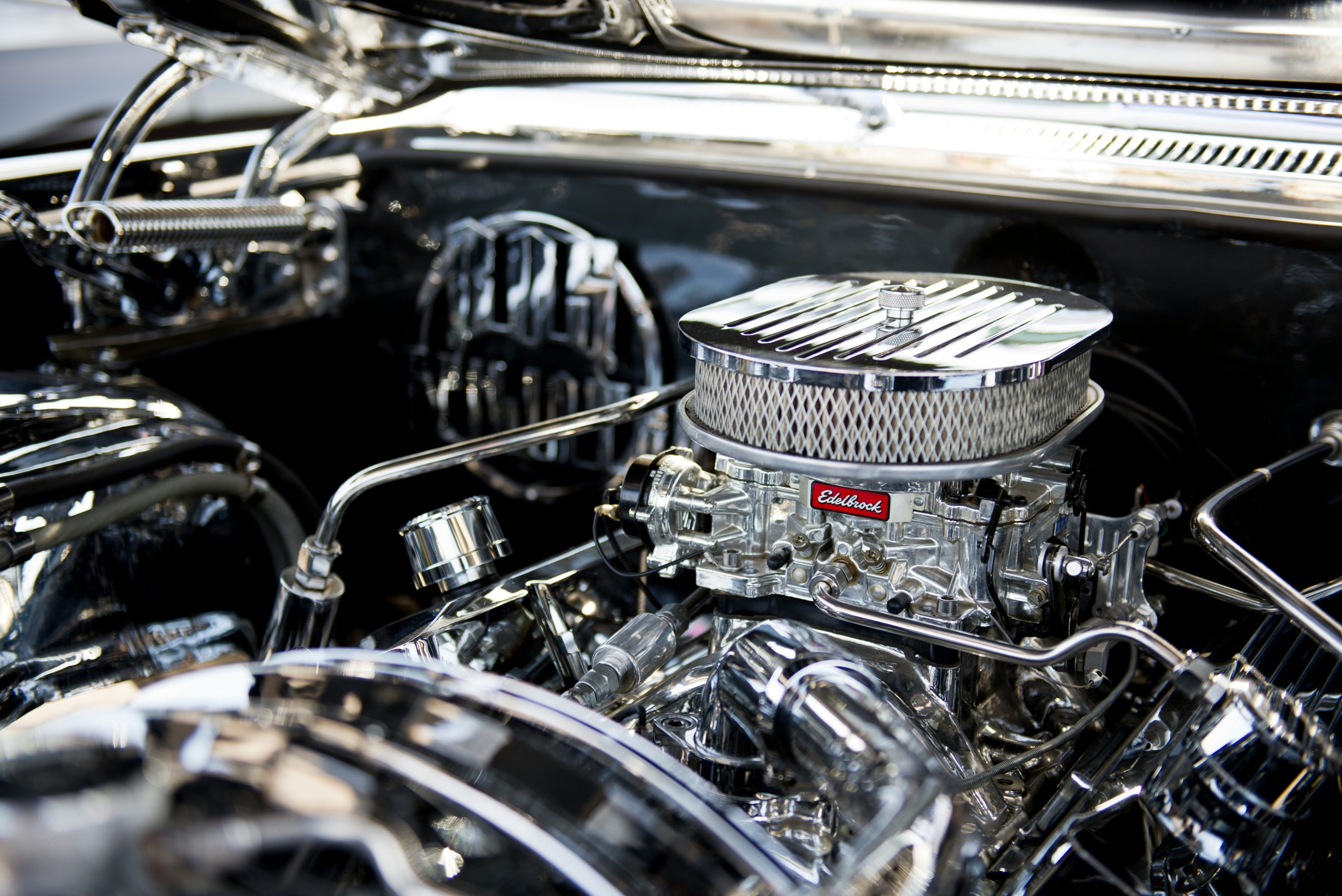The car engine is the powerhouse of your vehicle, converting fuel into energy to propel your car forward. In this blog, we’ll delve into the inner workings of car engines, exploring types, components, and how they impact your driving experience.
Types of Car Engines
- Gasoline Engines: Most common type, using a spark plug to ignite fuel.
- Diesel Engines: Use compression to ignite fuel, offering better fuel efficiency.
- Hybrid Engines: Combine gasoline and electric power for improved efficiency.
- Electric Engines: Run solely on electric power, zero emissions.
Key Components
- Cylinders: Where fuel is burned to produce power.
- Pistons: Move up and down, driven by explosive force.
- Crankshaft: Converts piston motion into rotational energy.
- Camshaft: Operates valves, controlling air and fuel flow.
- Valves: Regulate air and fuel intake, exhaust.
How Car Engines Work
- Air and Fuel Intake: Drawn into cylinders through valves.
- Compression: Mixture compressed, ready for ignition.
- Power Stroke: Spark plug ignites fuel, driving piston down.
- Exhaust: Waste gases exit through valves.
- Repeat: Process cycles through each cylinder.
Tips for Engine Maintenance
- Regular Oil Changes: Lubricates engine, prevents wear.
- Filter Replacements: Clean air and fuel filters for optimal performance.
- Spark Plug Maintenance: Replace worn-out spark plugs.
- Tune-ups: Regular checks and adjustments for optimal performance.
In conclusion, car engines are complex systems that require regular maintenance to ensure optimal performance, fuel efficiency, and longevity. By understanding how your engine works and following simple maintenance tips, you can keep your vehicle running smoothly and safely.

